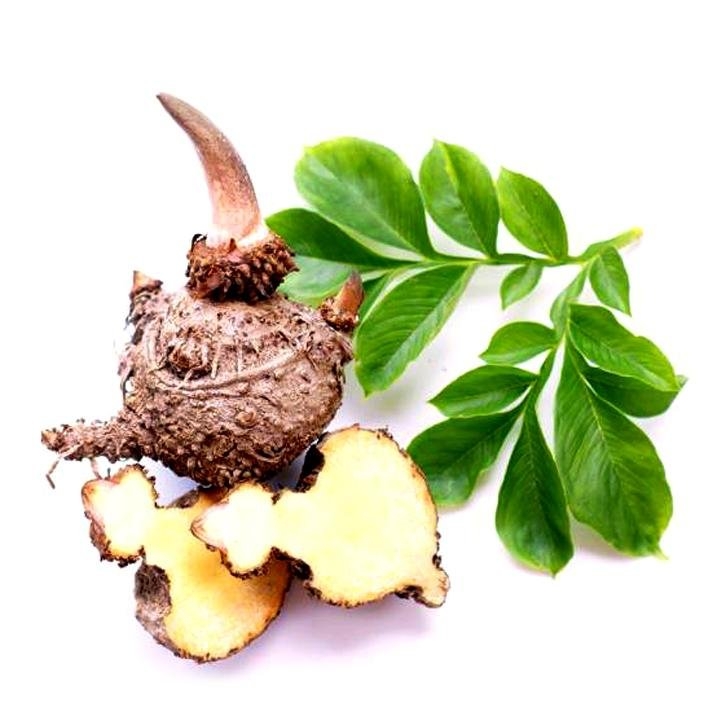Plant of Asian origin that is cultivated mainly in Japan. Its stem has lobed leaves and a single inflorescence (spathe) of purplish-black color, with a long spadix characteristic of the Araceae family. It has a bulky tuber which is the part that, once dried and pulverized, constitutes the konjac flour, from which a suitable extraction is made to obtain glucomannan.no.
It can reduce the absorption of other medicines when taken together, so it is recommended to take them approximately one hour apart.
They are rare and infrequent. Flatulence, sensation of fullness and abdominal distension may occur, which disappears when decreasing the dose or increasing the intake of liquids.
Monografía de la SEFIT (Sociedad Española de Fitoterapia).
Zalewski BM, Chmielewska A, Szajewska H. The effect of glucomannan on body weight in overweight or obese children and adults: a systematic review of randomized controlled trials. Nutrition. 2015; 31 (3): 437-42.e2.
Sood N, Baker WL, Coleman CI. Effect of glucomannan on plasma lipid and glucose concentrations, body weight, and blood pressure: systematic review and meta-analysis. Am J Clin Nutr. 2008; 88 (4): 1167-75.
Behera SS, Ray RC. Konjac glucomannan, a promising polysaccharide of Amorphophallus konjac K. Koch in health care. Int J Biol Macromol. 2016; 92: 942-956. doi: 10.1016/j.ijbiomac.2016.07.098.
Chua M, Baldwin TC, Hocking TJ, Chan K. Traditional uses and potential health benefits of Amorphophallus konjac K. Koch ex N. E. Br. J Ethnopharmacol 2010; 128 (2): 268-278.
